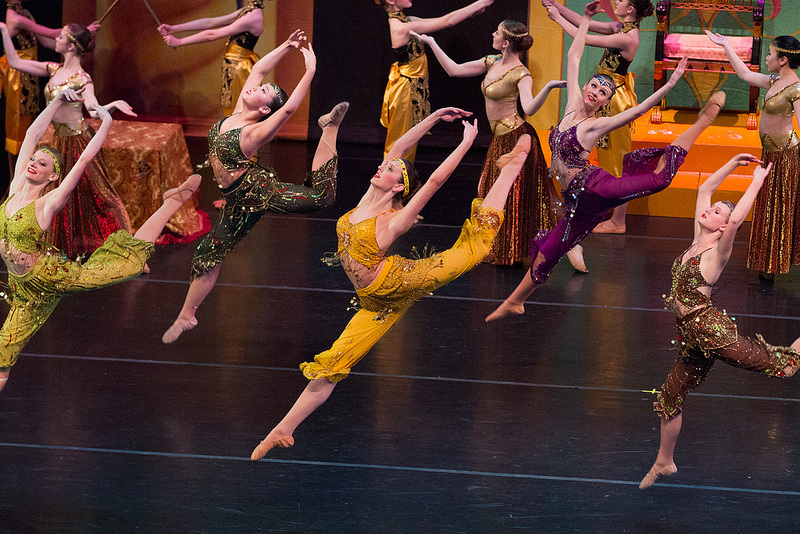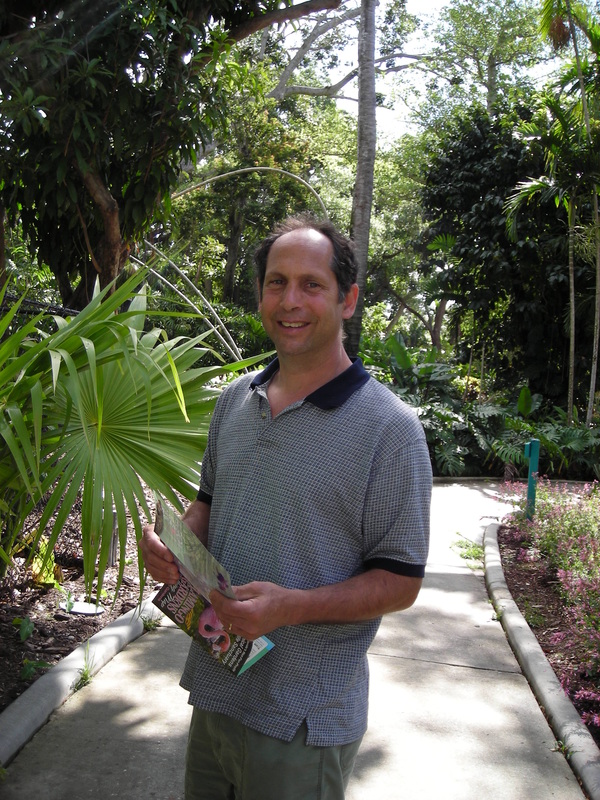|
Zen is so simple yet it is so difficult. On Tuesday nights at the local Unitarian Church I lead a meditation group. It is just a typical Zen gathering, we sit and we do a bit of chanting. We also usually have something we read together. Sometimes we work through a book, reading a few pages at each meeting followed by a short discussion. For the last several weeks we have been reading Zen Mind Beginners Mind by Shunru Suzuki the founder of the San Francisco Zen Center. It is a great book he holds nothing back. When published in the early 1970's it was completely revolutionary, introducing an approach to life that is different from any of the secular or religious philosophies found in Western thought. Yes there are similarities between Zen and strains of thought coming out of the Mystical traditions of Christianity and Judaism, but the whole package of Zen is very different. The paradox of Zen is evident in Suzuki's little book. On the one hand he tells us that the heart of Zen is to practice with out any "gaining idea" and on the other hand the book is filled with the unique wisdom of non-duality which is enlightened understanding, and as a practitioner how can you not want that unique wisdom? Suzuki's book very much presents a Soto Zen point of view but the paradox is not just limited to Soto Zen it just presents itself differently in Rinzi Zen. While a Rinzi teacher is unlikely to talk about "no gaining idea" the practitioner confronts the same paradox when trying to pass the barriers called Koans which are often paradoxes in themselves and don't seem to be yield to our normal logic. Lets see if I can clarify the paradox of Zen. Though the practitioner may want to make the wisdom of enlightenment their own this very desire is a barrier and a result of egoistic and dualistic thinking. It is a barrier because the enlightenment experience is without dualism. But then if I drop any desire for enlightenment why would I even practice? Such a dilemma, the snake bights it's own tail. So how can I get from here to there? The two schools of Zen take two fundamentally different approaches. The Soto approach is to develop a life based around practice and then drop any idea of why and just do. This is not easy, infact it is equivalent to saying "Just drop all dualism. This practice starts at the top of the mountain, not at the bottom or even at the sides." In it's own way this dilemma is a sort of Koan. This dilemma keeps expanding with another idea in Soto Zen. It is called Practice Enlightenment which is the idea that practice itself is already enlightenment. To just practice is to be enlightened but then of course how can this be true when we know that though we practice quite a bit we are not enlightened. To think so is just deceiving ourselves. Lastly we are often given the practice, even as beginners, of Shikentaza which simply means just sitting, without anything specific to do with our minds. This is not quite true we are asked to focus on breathing and posture and to keep aware and awake. This all just doesn't seem to make sense, how can we go from a normal human being to an enlightenment being by just sitting down? But as teachings the Soto approach does make sense because it is suppose to sit with you, and penetrates you, and propels your practice, even though you come to the practice filled with desires. It is very much a koan that can only truly be understood through very deep sitting that is the results of years of practice. It's danger is that it can promote a sort of effortlessness that gives the practitioner permission to do whatever he/she wants to do with their minds in practice and not deepen their sitting. The Rinzi approach is very different. It is to take that desire for enlightenment and use it to energize your practice. On top of that you are given a seemingly unanswerable question (koan) which you are asked to answer. Frustration and desire propels you forward. Of course there are also problems with this approach. There is the essential contradiction between the desireless and egoless state of the enlightenment experience and desire and ego in practice. There is also the problem of burnout and disappointment when all this effort doesn't quickly result in enlightenment. On the other hand effort is invaluable if meditation is to deepen. You can't just start at the top of the mountain, you have to climb it. And then in the deepening concentration resulting from all this effort, effort is forgotten, desire is forgotten, ego is dropped and you are in a position to answer your koan. The danger with the Rinzi approach is that the focus on the seemingly intellectual puzzle of koans can keep the mind working and the fundamentals of meditation are often ignored. What are the fundamentals of meditation. Regardless of the specific practice, meditation must work towards quieting the mind and stopping all habits of ego centered and dualistic thought. Only by doing that can we experience the non-dual which is enlightenment. Personally the Rinzi approach has worked with me. I officially teach in the Rinzi lineage. My first deep experiences happened during koan practice. But the foundation for my practice is not specifically Soto or Rinzi. Every time I sit on the cushion I work to stopping thought. I do this primarily by counting breaths but I have other practices that I use. Sometimes I practice Shikentaza but only when my mind is already quiet. In the sanga which I nominally lead we don't practice in a specifically Rinzi or Soto style. Most of the people in the sanga are daily sitters who do not go on intense retreats For this type of practitioner a strong foundation in good meditation is most important. When I give a talk I more often then not talk about meditation. Neither the the Rinzi not the Soto approach is the answer to overcoming the essential paradox of Zen. Both styles work for some individuals and maybe not for others. Each individual practitioner has to find the style most suited for their personality, but also not be attached or automatically rejecting of other styles of practice. Most importantly the individual practitioner must be aware that the fundamental practice is to quiet the mind, so that the individual can see through our ego centered and dualistic thought habits, so that so that he/she can experience the non-dual. This is overcoming the paradox of Zen. |
Hi I am Ed Shozen Haber an authorized teacher of Zen in the lineage of Shodo Harada Roshi of the One Drop Sangha. By the way I look a bit older now. Categories
All
Archives
December 2023
|






 RSS Feed
RSS Feed